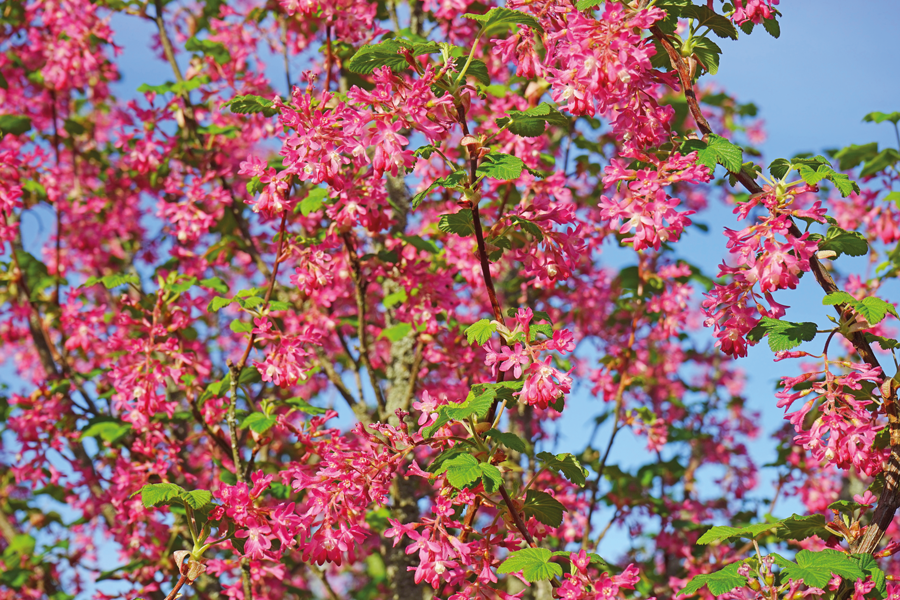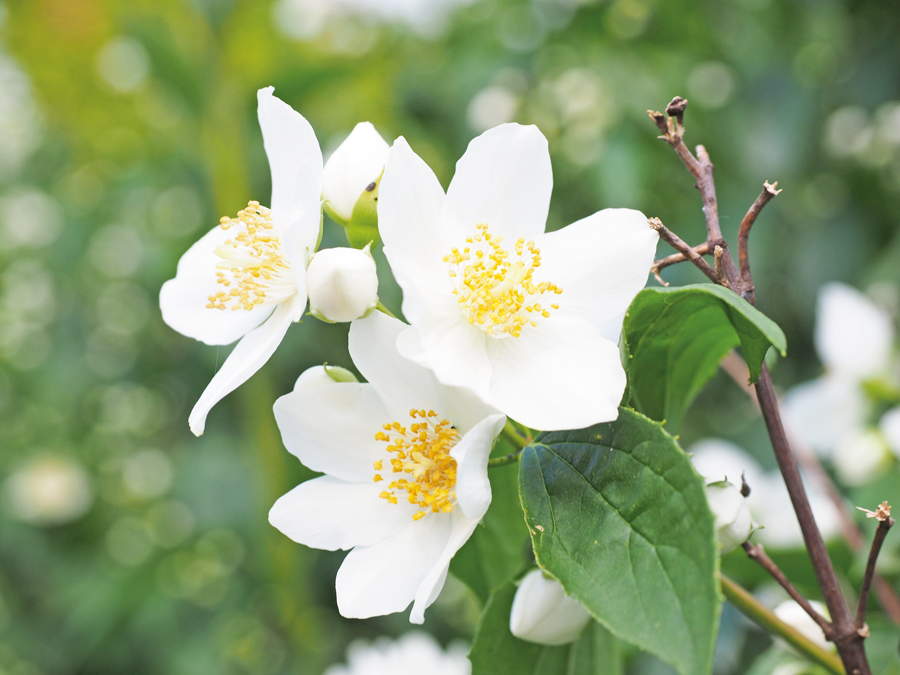Summer is here, but what does that mean? Weather wise it is anyones guess. As the years roll by I see constantly changing weather patterns but one thing is for certain plants continue their cycle of growing and flowering. There is so much going on in the garden, weeding, feeding, cutting the lawn, harvesting early salad crops and spring greens, and it is so easy to forget that there are pruning jobs to do at this time of year too.
So why do we prune in early summer? well its a case of pruning after flowering to encourage the framework of branches to give a balanced and pleasing structure. I don’t mean ‘lolly-poping’. So many times I see in supermarket car parks and shopping centre’s, shrubs trimmed to confine them to the shape of the bed they are planted in with their top pruned like a lollipop or cloud. However it is quite fashionable to prune some evergreen hedges to create a more informal shape that mimics the shape of billowing clouds and thats fine but to do it in the whole garden is just pure vandalism. I do understand why shrubs are pruned this way in public areas but it would be nice if one or two were left to produce a more natural shape giving height and texture to a planting scheme. Spring flowering shrubs are often used in public areas, Forsythia, Philadelphus (Mock Orange) and Ribes ( Flowering Currant) but rarely are they seen in full bloom due mainly to the fact that they are pruned in Autumn, removing all the growth of the previous summer which would normally flower the following Spring. In our gardens we have no excuse and the process is basically the same as for autumn pruning, remove all the damaged and dead growth, spindly shoots and thinning branches that are tangled. At this point stand back and look at the shrub, think about what shape you like and what space it has to fill. Cut back growth that has just flowered to a strong shoot preferably facing outward and about one third to a half way down the stem. Now take another look at the shrub and select about a quarter of the older branches cutting them down to about six to eight inches ( 15 – 20 cms) from the base, this will encourage strong young stems that will provide the framework for flowering for the next few years.
Try to prune to give a slightly open centred bush this will produce a more pleasing arrangement of branches and flowering. After pruning feed with a granulated general fertiliser and mulch with garden compost. Don’t forget in long dry periods shrubs need watering just the same as the lawn and container plants.

■ Ribes (Flowering Currant)
I have been visiting gardens for well over forty years but never tire of taking a relaxing stroll around someone else’s garden. Many of the larger gardens are open from spring right through to late autumn and offer many different styles and facilities for the whole family, some with engaging activities for children and others with larger events for the grown ups. Although I do enjoy a stroll around some of our larger estates and gardens there is something about the smaller garden that I find fascinating, an intimacy and a style created by the owner can provide inspiration and ideas for our own plot. Many of these gardens are opened for charity under the National Gardens Scheme, affectionally known as the ‘Yellow Book’ gardens they are generally only open on a few days of the year but you can always find a garden to visit from early spring to late autumn. You also see open gardens advertised on supermarket notice boards and in local shop windows, there are often light refreshments available, home made cakes and tea, most enjoyable. See here for details of Barwick In Elmet open gardens.

■ Philadelphus (Mock Orange)
There is still time to sow seeds of vegetables and in many cases sowing little and often can give a longer period of cropping and fresher tasting vegetables. Lettuce, radish, carrots, beetroot, turnips and spring onions are just a small selection of what can be sown directly into the garden now. I like to provide some protection against pigeons and use a fine mesh cloche which can be purchased from most garden centres or on line. If you are troubled with slugs then it is a good idea to use a deterrent, I use a biological control called nematodes, these are watered into the soil and are not harmful to pets or other wild animals. This type of control is also available for carrot fly and caterpillar, ask at your local nursery or garden centre and they will advise on the most appropriate one for your pest problem.
Next month, Taking softwood cuttings, don’t forget to feed plants, keeping containers in tip top condition.
Happy Gardening, Martin







